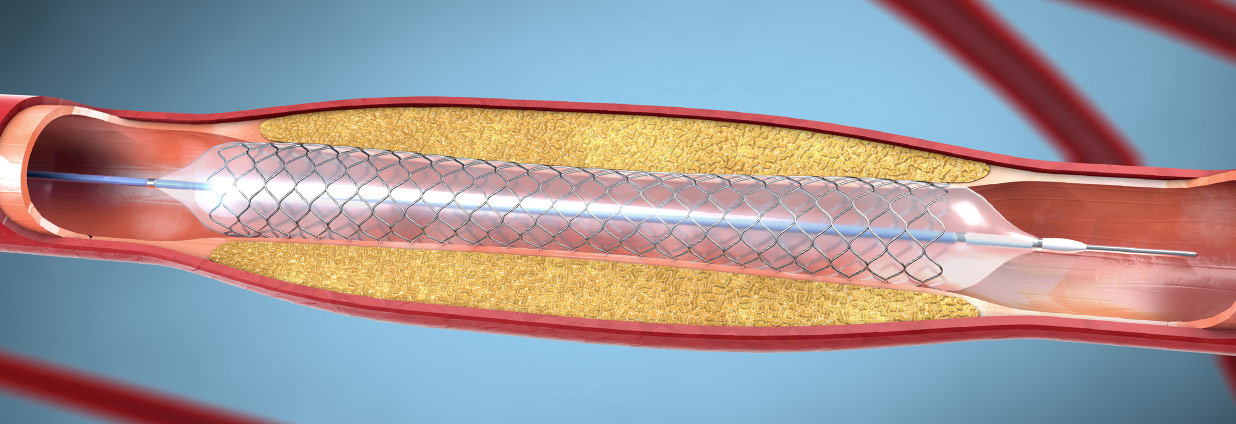Interventional Cardiology
The first step in treating heart disease is diagnosis, and Baptist Heart Institute uses a number of non-invasive options to diagnose, and sometimes treat, many heart and vascular diseases and disorders called interventional cardiology. Baptist uses this catheter-based treatment to repair narrowed or damaged arteries and veins, as well as structural heart conditions and disease.
Catheterization Procedures & Tests
Cardiac catheterization procedures are used to diagnose and treat certain cardiovascular conditions. During a catheterization test, a thin, hollow tube called a catheter is inserted into a large blood vessel leading to the heart.

Balloon Angioplasty
During this heart test, a specialist will inflate and deflate a balloon inside a blood vessel to compress plaque that could be blocking blood flow.
Coronary Stenting
A small metal coil or tube is placed in an artery to provide support to a weakened artery. Coronary stents are frequently used in conjunction with balloon angioplasty procedures. There are two types of stents: bare metal and drug-eluting.
Atherectomies
This catheterization technique removes plaque from arteries using several different advanced methods.
Pacemakers
These electronic devices are inserted with a catheter to regulate heart beats.
Ultrasound
By putting a small catheter in an artery, specialists can use ultrasound imaging to take pictures and better see blockages.
Angiogram/Cardiac Catheterization (Heart Testing with Dye)
For this heart test, a specialist places a catheter in an artery in the wrist or groin, then guides the catheter to the area being studied. Contrast dye is injected into the catheter, which provides detailed X-ray pictures of the heart and its blood vessels.


